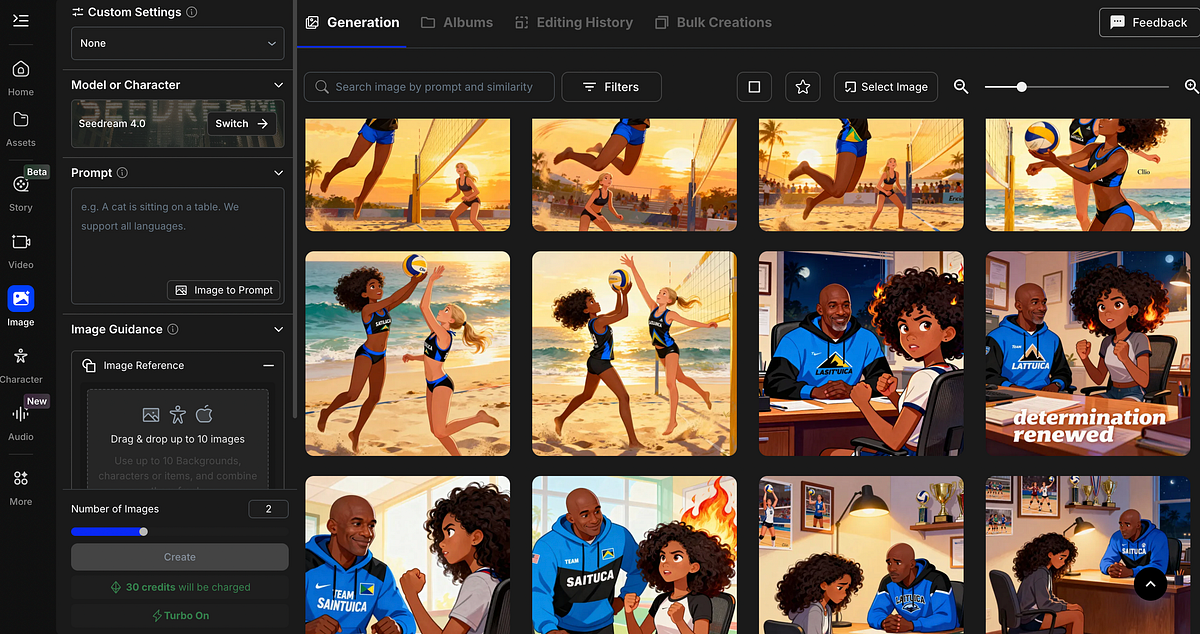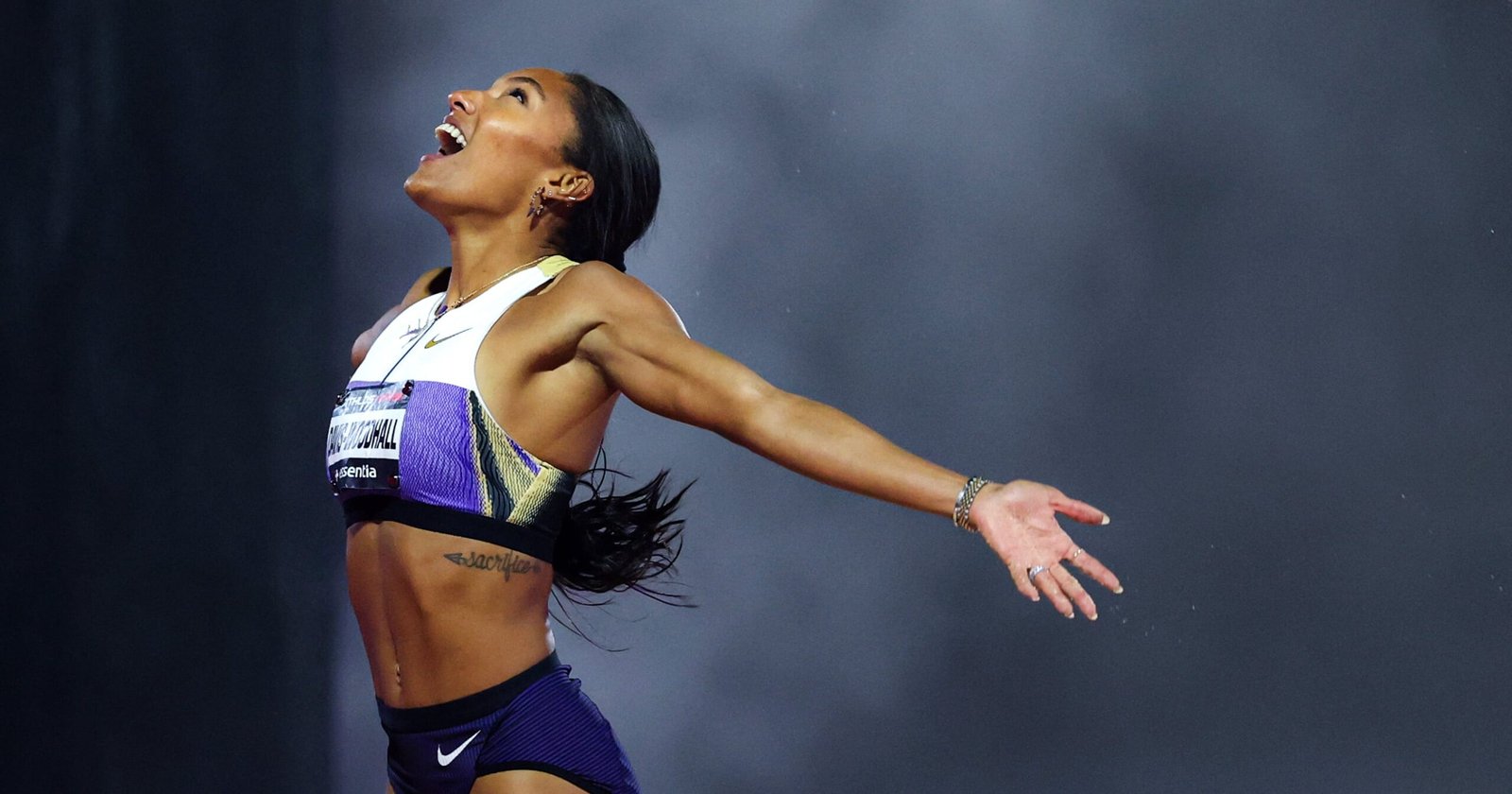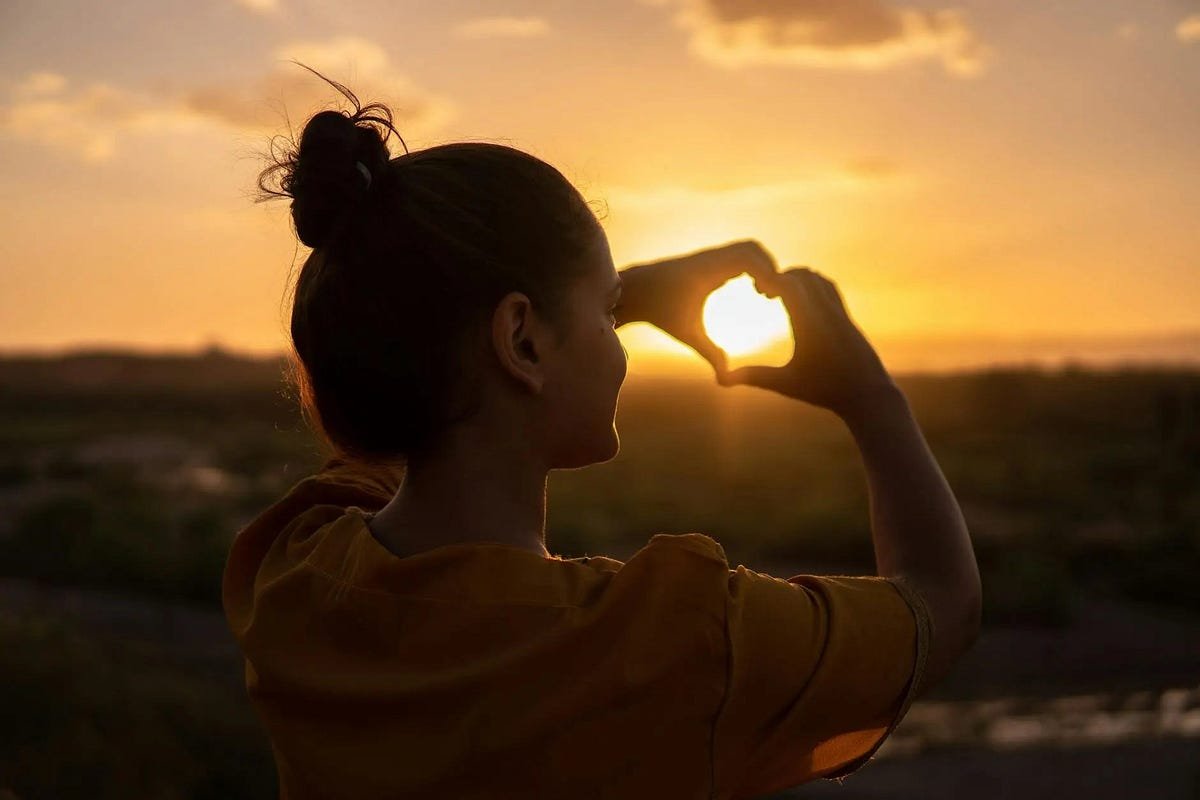Creativity and Artificial Intelligence | by Clio Phillip | Oct, 2025

Using Artificial Intelligence, specifically generative AI, I created an illustrated story book about my personal volleyball journey. I am not generally a creative person, therefore this posed a significant challenge to me. I first attempted to use actual pictures that I have taken and convert them into animated images for my story using AI. After many attempts with different AI’s such as Adobe, Chatgpt, etc the process was not going well. I then decided I would have to generate brand new images from scratch using a prompt. I created a narration of my story, describing characters, achievements, timelines and environments. Using this narration and more importantly the descriptions I asked the AI Claude to develop descriptive character profiles for each of the main characters. The AI responded to my request with more questions in order to generate the best character profiles possible, overall I was very pleased with the profiles generated. After attempting to generate images using Dall-E(openart.ai) with these character descriptions I realised it was not working the way I expected. I began writing out scenes and descriptions of these scenes for my story, using the Claude AI I developed Image prompts that could be used to generate the exact needs for each scene that I needed. After generating all of my images, I moved over to Canva and started putting together the storybook. Manually, I added all of the images to each page and with the help of AI powered tools within the app I edited the images to fit my standards. Tools such as magic eraser, magic expansion and magic grab were very useful in my creative process. With the help of Claude we developed a narration for each scene that I then inserted into my book. Finishing up with some final manual edits I completed my storybook quickly and effectively with AI assistance.
If I had to complete this process without the use of AI, it would have taken a lot longer and been more expensive. I do not know how to draw, illustrate or create images at all, therefore I would’ve had to look for outside help and possibly hire people to do the illustrations for me. It also would have taken longer to generate the narration completely unassisted, because although I have the ideas and writing skills the AI aided in fine tuning and storytelling. Using the AI however proved difficult at times and not always as effective. When using the image generator I had to include a description of every character in every scene in order to keep consistent images due to the AI not having memory capabilities. Even in doing so, there were still inconsistencies in the image generations that could not be adjusted even when the prompt was edited. This means throughout my story there are little things that you may notice do not look very clean, this was due to the restricted capabilities of the AI and my inability to edit these changes.
Using AI in creative processes can have major implications on society in terms of copyright, individuality and job displacement. If AI was to enter the creative industries in ways such as how it was used in my storybook creation, individuality and copyright are major issues. Will multiple people using the same AI to generate images have a right to that style? What if the AI is giving everyone the same artistic style? Who owns it? Can it even be copyrighted? Once everyone is using an AI, there is no individual creativity. All of the books will look the same or all of the songs will sound the same. AI Art also threatens the entire industry of illustrators, artists, even photographers. Will the growing use of AI and genitive imaging potentially make these careers obsolete? These are all implications we need to take into consideration before shifting focus to relying on Artificial intelligence in the creative industry

